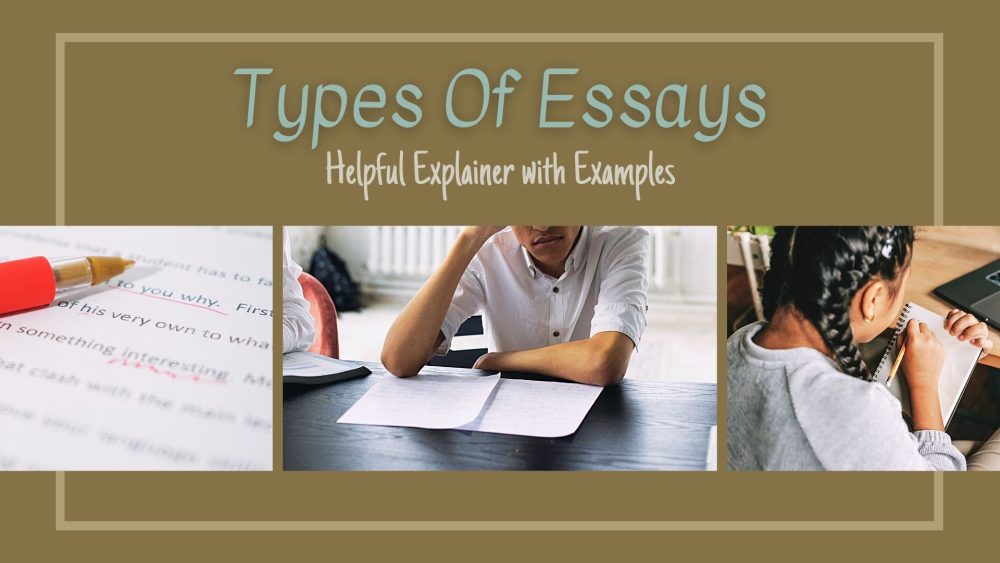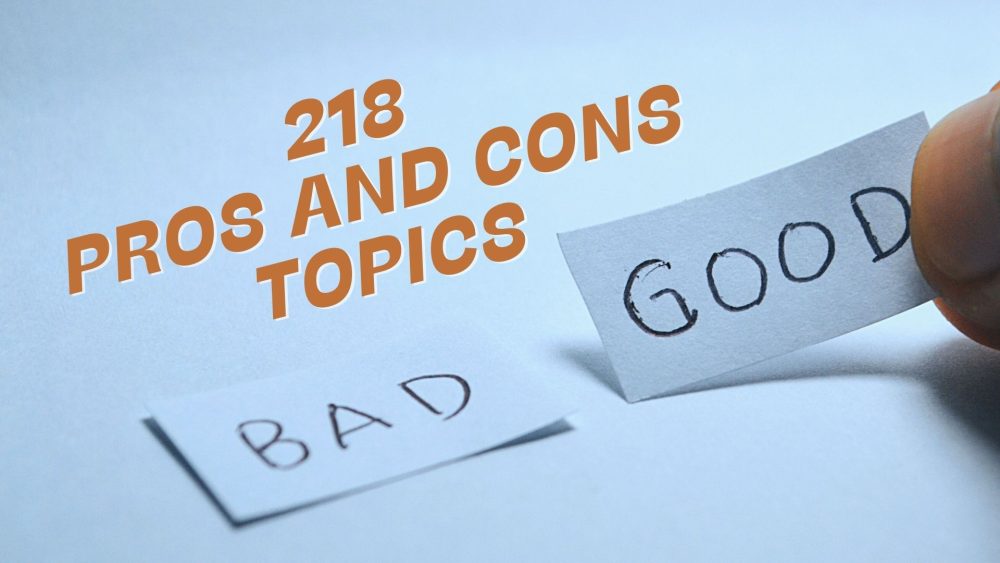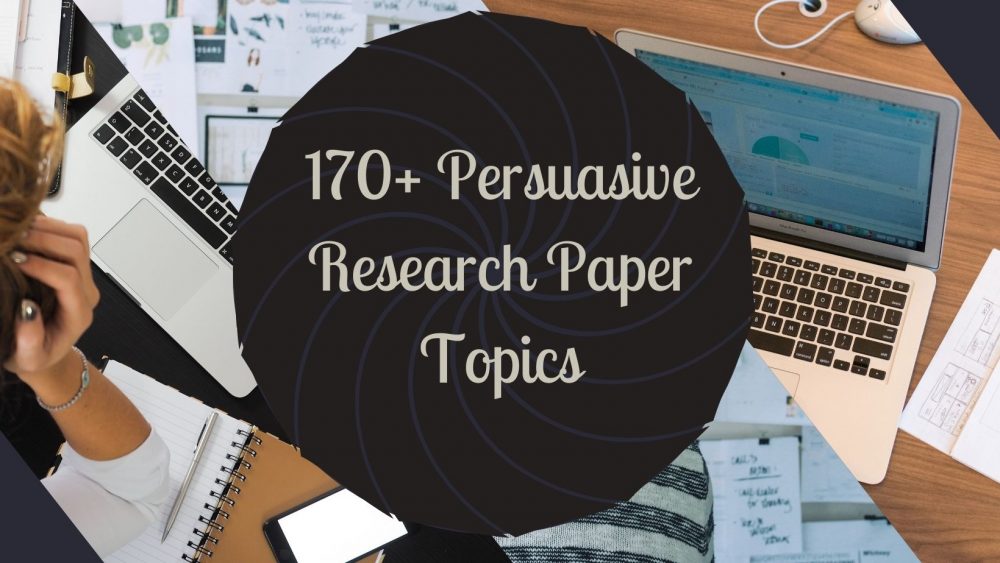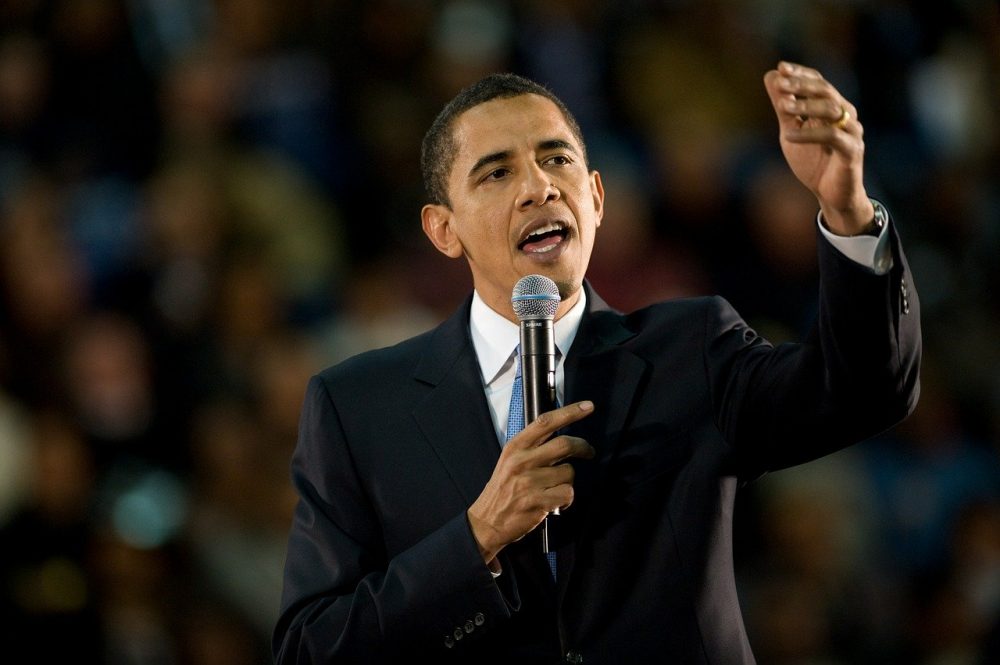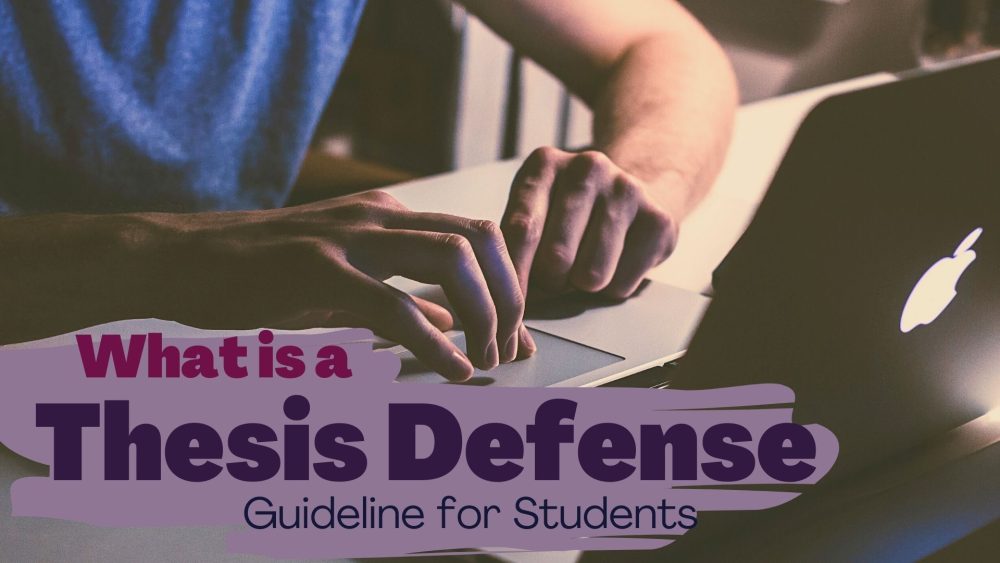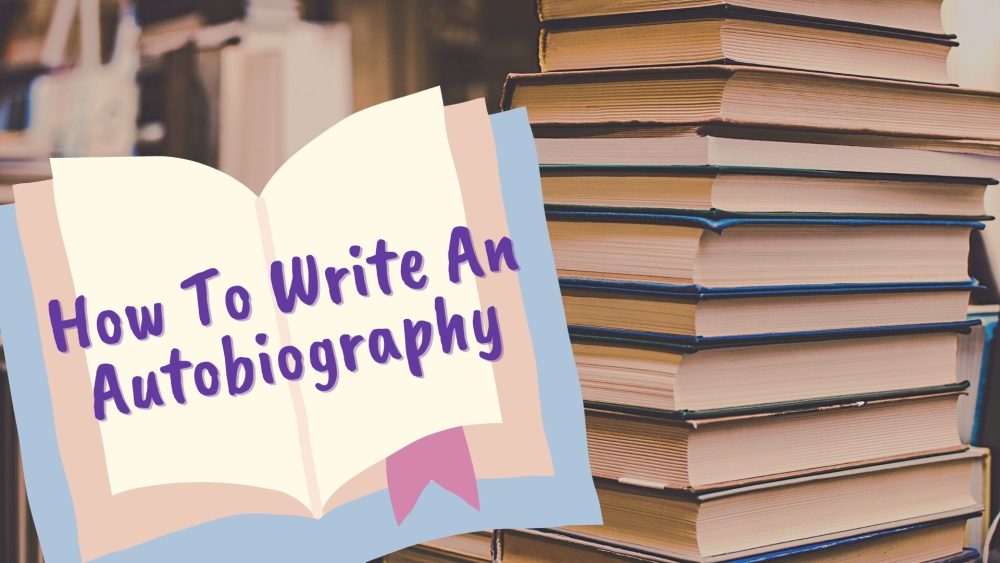If you are a high school or college student, we must say that essays are unavoidable. So, what are the types of essays? Are you prepared for them? It is never easy because they fall in different categories, topics change with time, and each genre has its recommended structure. It can feel like there is no way to get it right, but we are here to help you get the best grades no matter the essay genre.
This article answers the primary question, “what are the different kinds of essays?” Furthermore, it digs deeper to reveal their structures and expert tips for better grades. Furthermore, we will provide you with tested and proven tips for tackling all types of essays in college. Do not get content with poor or standard grades in your essay; use this guide to prepare A-rated papers.
What Is An Essay?
An essay is a piece of written work that provides the writer/author’s argument or opinion about a specific topic. Essays are pretty simplistic early in life, requiring only good imagination and decent writing skills, but everything changes when you get to higher levels of learning. At these advanced stages, essays change into complex analytical pieces that require deep interrogation of the topic under consideration and supporting evidence.
Indeed, the growing complexity results in different types of essay writing, which we are going to look at in more detail shortly. Before you are done with high school or training in college, the chances are that you will have handled almost all types of essays.
The content and length of the essays depend on the course requirements, subject of study, and your level. However, most of them are argumentative, requiring you to persuade the audience/ reader on a specific position about the topic at hand.
What Are The Different Types Of Essays?
There are a variety of main types of essays. Here are some of the most popular ones:
- Argumentative essay
- Persuasive essay
- Expository essay
- Narrative essay
- Descriptive essay
Argumentative Essay
This is a piece of academic writing where the writer takes a stance on the topic under consideration.
You need to investigate a topic by collecting, generating, and evaluating evidence to pick a position on the topic. Make sure to support your position with facts, figures, and quotes in the essay.
Types Of Arguments That You Can Use
When writing an argumentative essay, the primary concern is how to structure your arguments. Well, there are three main options, and you can opt to work with one or combine a few. Check them out below:
- Classical: Also referred to as the Aristotelian method, the classical style requires you to present the main argument, bring out your opinion, and finally convince the reader to agree with your point of view. It is preferred when the writer does not have a lot of information about the topic.
- Rogerian: This method requires you to present the problem, appreciate the opposing side, and demonstrate why your position is the best. The method is preferred when dealing with polarizing topics.
- Toulmin: To use this method, you start by presenting the claim, highlighting the ground for backing the claim, and finally justify how the ground and claim are linked. This method requires the correct presentation of facts for both sides and can be used on most topics.
Best Argumentative Essay Outline
Here is a general outline of an argumentative essay:
- Introduction: This usually takes the first paragraph. At this early point, you review the topic, touch on the background, and formulate the thesis statement.
- Body: This is the second and third paragraph of the essay. Here, you pick and present the main ideas supporting the thesis of the essay. In each paragraph, make sure to start with a topic sentence, followed by supporting evidence, and demonstrate how the info supports the thesis.
- Body: This mainly takes paragraph four, and you need to bring out the counterargument. Clearly demonstrate why this position is wrong. Is the counterargument against the thesis objective?
- Conclusion: Restate the thesis of the study and make concluding remarks.
Sample Argumentative Essay
Now that we have highlighted the structure of an argumentative essay, here is a professional example for you.
The supporters of U.S. President Obama consider Affordable Care Act (ACA) as one of the President’s major accomplishments. But ACA has not been without controversy as apparent from numerous attempts by Republicans to repeal it as well as cases that have gone before the U.S. Supreme Court. The critics present several arguments for their opposition to ACA such as unnecessary government intervention in healthcare sector which has largely remain private and promises of cost savings that have not been proven yet. But one cannot deny the fact ACA has expanded insurance coverage for millions of Americans and it is a step in the right direction. There have been some problems but that is normal with any big project like ACA. Overall, ACA would prove to be the right thing in the long term in terms of economic and social benefits to the country.
One of the complaints against ACA is that it has failed to live up to its cost promises. While some expectations regarding cost savings may not have come true yet, it doesn’t mean insurance premiums won’t come down in the near future. ACA is a major nationwide program and the government is still improving it. But ACA was necessary because the healthcare costs in the U.S. were spiraling out of control. The per capita healthcare costs in the U.S. are about twice as much as it is in the rest of the developed world. These higher healthcare costs only translate to higher insurance premiums for everyone. Not only U.S. has the highest per capita healthcare costs in the developed world but the healthcare costs have also risen at a higher rate in the U.S. than other countries over the last three decades (Consumer Reports, 2014). Thus, the U.S. Government has taken a step in the right direction by increasing its involvement in the healthcare sector. The U.S. Government enjoys high negotiation power and it will also be able to use regulations to help bring down healthcare costs as well as the rate at which they grow. Thus, despite initial disappointments, the cost savings will benefit most Americans in the long term.
Some critics call ACA a socialist system that has no place in America. Such critics only misguide the public because if ACA is socialist then many other government programs such as free high school education and Medicare etc. are also socialist. It is important to note that government often plays a major role in providing essential goods and services to the public no matter whether the country is a free market system or communist. National healthcare law also exists in other developed countries that are free market systems like the U.S. such as U.K., Canada, and Australia. It is also important to realize healthcare is a basic right of every citizen just as education is. The society benefits if every citizens has access to affordable healthcare. In addition, this is also good for the economy because more healthy Americans mean more productive Americans.
ACA critics also fear the involvement of U.S. Government will be bad for the healthcare sector because private sector is more efficient than the government. It is true only if there is real competition in the private sector. But if the competition is limited and there are barriers, the private sector may become quite inefficient and this is true of the U.S. healthcare sector, too. Thus, it is not surprising healthcare costs in the U.S. are quite high as compared to other developed countries. One of the problems with the U.S. private healthcare sector has been that there are no price controls which is why hospital services are 85 percent higher on the average as compared to other OECD countries (Kane, 2012). Another problem is lack of competition. Patients are usually referred to providers within the network only. Similarly, healthcare companies often go on acquisition spree to further reduce competition (Consumer Reports, 2014). Thus, ACA is the right thing because the government will put pressure on healthcare providers to reduce costs. In addition, the competition level may also increase among healthcare providers which should benefit American consumers.
Some people fear the quality of healthcare services may decline due to ACA but it is wrong. In fact, the quality of U.S. healthcare already lagged behind other developed countries before the introduction of ACA despite higher per capita healthcare costs in the U.S. The U.S. ranked last among 11 countries in The Commonwealth Fund survey in 2004, 2006, 2007, 2010 and 2014. The other countries in the survey included Australia, Canada, France, Germany, and U.K. almost all of which have national healthcare systems (The Commonwealth Fund, 2014). This again shows the national healthcare system not only works better but also results in higher quality of healthcare services. Thus, ACA will not only reduce costs for Americans but will also improve the quality of healthcare services.
ACA’s start has not been without challenges but it is a step in the right direction. It is a major program with national scope, thus, some problems should have been expected. But it will improve as the government learns from its mistakes. ACA should be embraced because all other developed countries have proven national healthcare system is better than private healthcare system. The costs are lower and the quality of healthcare services is better. The U.S. healthcare sector has also been inefficient due to lack of control and competition which ACA may address now.
Expository Essay
This essay genre targets presenting opinion-free information on the selected topic. It is also known as expository writing, where you only present the observations and facts in the most effective way and let them speak for themselves.
The primary goal of expository essays is to educate the reader. Although they might also be used to persuade or entertain, these are only secondary reasons. Good expository writing should demonstrate the writer’s deep understanding of the subject and writing skills.
Best Expository Essay Outline
Here are some details on what to write in each section of your expository essay:
- Introduction: Start by clarifying the topic and highlighting its background. Bring out your expository thesis statements carefully to avoid taking sides. Present the topic of your essay.
- Body: This should be about three to four paragraphs, and you should dig deeper into the topic to provide enough evidence to readers. Make the transition between different paragraphs as logical as possible.
- Conclusion: Start this part by restating the thesis statement and summarizing the main points captured in the essay.
How Is A Persuasive Essay And An Expository Essay Different?
Although argumentative and expository essays might look similar, they rock major differences. The main difference is the amount of required research. Argumentative essays often come as final projects, at the end of a subject or course, requiring students to sum up information they have learned all along. They also implore you to choose a side on a topic, while expository essays do not.
Expository essays, on the other hand, tend to be shorter and not based on research. This is why they are recommended for unprepared writers.
Expository Essay Example
Check out the following example of a professionally done expository essay:
The use of mind-altering substances has been part of the human culture since its earliest incarnations, according to historical records. Alcohol and psychoactive plants have been used in religious rituals, medicinally, for purposes of celebrations, and in rites of passage in most cultures throughout the history of humankind. Although these substances have had many positive effects on human existence, including enhancing social interactions and bonding, as well as easing pain, they also present a serious danger to individuals who are vulnerable to substance abuse or addiction. Widespread abuse of drugs or alcohol, which at times can reach epidemic proportions, has a devastating impact on affected communities, damaging the economic and social framework of a populace.
Epidemic substance abuse and addiction are often partially caused by social and regulatory issues which increase availability and/or decrease legal restraints on the use of a given substance. The Chinese opium epidemic, which began in the late 18th century, was initiated by the importation of large quantities of cheap opium from India by British and Dutch traders. The gin epidemic, which spanned the first half of the 18th century in London, England, was caused by the British Parliament lowering taxes on gin to the point where poor and working-class people could afford to purchase it in large quantities for the first time (Abel, 2001). The effects of these spikes in substance abuse and addiction had devastating effects on the health and welfare of the users, their families, and the communities at large. The current opioid epidemic in the United States started in a similar fashion, with the flooding of targeted areas in the country with prescription opioid pain medication and an insufficient regulation of the prescription of these medications. In order to effectively combat the devastation being caused by this latest epidemic, it is necessary to consider and implement both medical and sociological interventions.
The use and abuse of illegal narcotics in the United States has traditionally been concentrated in urban areas where dense populations provide both a large consumer base for dealers and anonymity for both users and distributors. Some neighborhoods in many American cities have been experiencing epidemic-level substance abuse and addiction for decades. The prescription opioid epidemic is unique in that it is concentrated in predominantly rural areas of the country, where abuse of substances other than alcohol has been rare. Scientists tracking the epidemiological development of the opioid crisis have focused on its apparent emergence in rural communities.
In 2014, Keyes et al. published a review of the social and logistical factors contributing to the differences in the rate of abuse of prescription drugs in urban and rural communities. They posit that there are four major factors behind the higher rate of prescription opioid abuse found in rural versus urban communities. The first factor is the higher prescription rate of these drugs in rural areas. Residents of rural areas tend to be older, on average, than their urban counterparts, and the available employment is more likely to be labor intensive, stimulating a higher demand for pain management medications. The second factor involves the differing demographic shifts in rural and urban communities; a larger percentage of young adults leave rural areas than urban areas, seeking better economic prospects and a more stimulating environment. This negatively impacts rural communities by removing workers at the peak of their productivity from the local labor pool, stunting economic growth. It also disproportionately concentrates less ambitious, possibly troubled young adults among those who remain in the community who may be more vulnerable to substance abuse or addiction than their migratory peers.
The third factor that the authors hypothesize may contribute to higher rates of misuse of prescription opioids among rural populations is the existence of the strong and elaborate social and family networks that exist in these communities. Rural residents tend to develop more durable and extended family and social systems than comparative groups in urban communities. While these networks may offer individuals some protection from economic and emotional stress, they also provide a distribution system for prescription opioid drugs. Family members and friends divert legitimately prescribed medications to other members, spreading patterns of abuse and addiction among an extended group.
The fourth and last factor described in the authors’ hypothesis consists of the specific stressors that are associated with modern life in rural areas. The decline of industries such as manufacturing and mining, and the decrease in small farms have had a much greater impact residents of rural communities in places like Appalachia and southern and Midwestern states than in urban centers. High rates of unemployment and poverty have been consistently linked to higher rates of depression, and subsequent elevation in rates of drug abuse and addiction. In the late 1990s, Purdue Pharma developed a slow-release form of oxycodone called Oxycontin and proceeded to flood rural areas with this drug, encouraging rural doctors to prescribe it. As it is highly addictive, it rapidly became a widespread health problem for many rural communities. By 2004, Oxycontin was the most misused pharmaceutical opioid in the country (Van Zee, p. 225).
Physically addictive substances actually alter brain chemistry by reducing the production of specific neurotransmitters for which the drug acts as a substitute. When an addict abruptly stops taking the substance to which he or she is addicted, withdrawal occurs while the brain recovers its ability to produce the chemical at normal levels again. With opioids, withdrawal is usually manifested as flu-like symptoms, which can range from mild to almost intolerable, depending upon the individual. While long-term treatment and stable recovery is the goal in addiction treatment, opioids pose a very real threat to an addict’s life in the short-term. Access to life-saving medical treatment is essential to lowering the mortality rate among users, and long-term supervised use of safer substitutes for those that cannot tolerate withdrawal is often a better option than doing nothing. Deaths from overdosing on prescription opioids increased by more than four hundred percent between 1999 and 2010; this does not include deaths from illegal opioid drugs such as heroin, which many prescription opioid addicts are turning to as oxycodone becomes more expensive and difficult to obtain (Volkow et al., p. 2063).
There are three medication-assisted therapies (MAT) that are used to assist opioid addicts in surviving overdose or maintaining regular activities without using unregulated doses of opioids. Methadone is a replacement drug that is distributed under medical supervision to prevent withdrawal, and buprenorphine and naltrexone are drugs that block the neural reuptake receptors that are involved in overdose fatalities (Volkow et al., p. 2064).
The complexity of addiction requires a multidirectional approach utilizing both social and medical expertise in order to address the health epidemic presented by the current opioid crisis. A combination of better regulation of prescription opioids, better education of medical professionals, and earlier and more comprehensive education of consumers is necessary. Health professionals must design and institute widespread treatment programs and prophylactic educational curricula in order to slow the growth of this emergent health crisis. It is particularly important that a holistic approach be taken in the educational framework, where addicts, family members, and friends are included in the process.
Persuasive Essay
This essay category is the direct opposite of the expository genre.
Here, the primary focus is your point of view or opinion. As a writer, you are persuading the reader to take a specific opinion.
Take the example of a student writing an essay about global warming. In such a case, the goal might be to persuade the reader to agree about the new causes of high surface temperatures.
In addition to persuading the reader to take a specific opinion, the essay might also call him/her to action. In the same example of an essay on global warming, convincing readers about the causes might also be attached to call for a lifestyle change. This might be a shift to more energy-efficient lamps than the current ones.
Best Persuasive Essay Outline
Here are some tips on what to write in each section of your persuasive essay:
- Introduction: This is the first part of your essay and should be used to make it clear that you have an opinion about the topic. Note that the position you take should be maintained throughout the paper.
- Body: Like argumentative essay genres, persuasive papers should have three paragraphs in the body. Each of them should take a separate point. Make sure to arrange the points from the weakest to the strongest ones. Again, use supportive evidence, from quotes to statistics, to support your argument.
- Conclusion: This is the last paragraph, and you should use it to wrap up the discussion. Restate the thesis of the paper and summarize the main arguments in a few sentences.
Persuasive Essay Example
Here is an example of a persuasive essay for you to check the flow and organization of the main points.
As the saying goes, road safety is a cheaper and effective insurance. It is much easier to drive to your destination safe and sound, than getting into a car accident or visiting a mortician. Any distraction during the driving is a potential threat to the drivers, their passengers, and other vehicles on the road. Over 1,000 people are injured daily in the U.S. in the car accidents that involve distracted driving. The statistics of the number of people injured and killed in the car crash caused by the distracted drivers is horrifying: about 3,500 people are killed annually and almost 400,000 get injuries on the road. The biggest risk group for the distracted driving due to the cell phone use is the people of 16-24 years. The lives of these young people have just started, and the possibility of getting fatal trauma or health impairment multiplies every time they got distracted by another text they read or type and send. Would you like a free ride with a coroner? If no, then put your seatbelt on, set the phone aside, and keep your hands on the wheel.
The problem of texting during driving is an urgent issue that puts in danger not only the driver but all of the people on the road. With the constantly rising number of the car accidents, won’t it be better to put all the distractions aside and focus on the road? Just think about it! Two-thirds of the 19-24-aged drivers text while driving. How terrifying is that? Are you one of those kamikazes?
People need to realize the dangers of texting while driving and clearly comprehend the seriousness of the situation. The thing about cell phone distractions of all types is that over 80% of all drivers recognize them as a potential threat to their safety but it rarely prevents them from browsing through the messages. A texting driver might get distracted from the road only for a couple of seconds and in a good case scenario find themselves outside the lane they were driving, while in a bad case scenario they might hit a child crossing the street. Are messages worth the lives of any person? Just imagine: you are driving a busy street when you get a message notification. You take the phone, unblock it, read through the message from a friend, and start typing the reply. Looking on your phone screen, you pay zero attention to the road. The car in front of you suddenly stops not to hit a kitten that jumped of the pavement. And before you even know it, you end up in a car accident and need professional medical attention because your airbags went off and you got a pretty bad broken nose. The other option is that you were sending a very important message to your parents, saying how you hate them and want them to get lost. Just a second, and you no longer have an opportunity to apologize because your car crashed into a fully-loaded truck, which made mortician your next appointment. If you are a responsible driver, that might not concern you. But after all, we are all human and the temptation to check a text is quite impressive.
What can be done to improve the national statistics and save your family’s tears? Just keep your hands on wheel and eyes on the road. People can be trained not to use their phones while driving. They can be shown some of the vivid images of the results of distracted driving. It would motivate them to be concerned with the road and the texts. While in a driving school, instructors should provide the statistic on the distracted driving incidents. The DMV offices should have several screens that demonstrate the animated movies with the potential scenarios of the road accidents. Demonstration of the actual footage might be too expressive for the sensitive and perceptive people. In case of the first-time young drivers, teachers and parents should remind them about the importance of being focused on the road. The benefits of non-distracted driving can be printed out as leaflets. Such easy and cost-effective methods are expected to reduce the number of the drivers distracted by their cell phones. These methods have not yet been implemented, so it is a good chance for our community to be the first ones to do them.
Just imagine coming to a community center and being given a leaflet with the useful information. It would promote stop risking the lives of selves and others, show comparative statistics with driving under substance, and cite the regulations making distracted driving illegal. Unless any of the proposed methods are implemented, statistics on the distracted driving will only increase. People should care about themselves and those around them by becoming somewhat more responsible.
That’s why I ask you to think about your behavior and the driving habits of people in your surroundings. Make sure all of you are safe and are coming home tonight. Don’t forget that it takes at least five seconds to read a message, and they could be the last for someone if you get in a car accident. Praise each life and try to stay out of trouble. If you really need to read that message, pull over and don’t bother yourself or interfere with the traffic. I plan to change my driving habits today: if earlier I thought that nothing bad could actually occur and a small text would kill no one, I am currently positive that I better stop to read or send that message but would save nerves of my family and friends. Would you do the same? Drive safely, and don’t get distracted!
Narrative Essay
A narrative essay is a type of academic writing that has a key point or central theme around which the entire narrative is built on. This means that all happenings, incidents, and characters are all based on the theme/ central idea. It is prevalent in both function and non-fiction writing.
To make your narrative essay stand out, you need to use different storytelling elements, such as characters, climax, and setting. Make sure the plot is chronological, and the purpose easy to identify.
Narrative Essay Outline
A narrative essay might not have the same structural standards as any other type of essay, and can be more creative. Before getting frustrated and thinking “I’m going to get someone to write essay for me,” checkout a general guide on how to shape your narrative essay:
- The introduction of the essay should be as compelling as possible so that readers will want to continue to the last part of the paper.
- The body of the paper should take the bulk of the work. So, go into detail, bringing out the central idea of the story as vividly as possible. Share facts, thoughts, and guide the reader in the entire plot. You should also use dialogs and descriptions to demonstrate what roles different characters are playing.
- The last part of the paper is the conclusion and you should use it to highlight the outcome of the story. Here, you should bring out the lesson or moral of the story. You can even call the reader to action.
Note: The best way to make narration is the first-person narrator.
Narrative Essay Example
Check out the following narrative essay sample:
As I approached the microphone to give a speech to my peers, my legs shook with some mix of anticipation and nervousness. I was there to describe something so benign I can’t hardly remember it anymore. All I remember was the nervousness. I tried to keep my focus, peering deep into the microphone itself until I suffered a sort of vertigo. The microphone began to shift in and out of focus, and I wasn’t speaking despite the expectations of the people in attendance. I didn’t fall, but I surely came close, my knees buckling. Tears welled up in my eyes but wouldn’t fall. I stumbled through one sentence and retired to the bathroom.
I sat in one of the stalls in the bathroom and reflected on what happened. The embarrassment was so real you might cut it with a butter knife. I had a new goal in mind. I had to find some way to make sure that never happened again. I wanted to be confident and speak without the knee-buckling apprehension that caused me so much discomfort. My directive was clear—I had to figure out how to speak in public without turning into a puddle in front of the people I was trying to convince.
The quest began. I went home and started practicing in the mirror. I spent much of my time in a mix between observation and personal practice. At some points, I would watch videos of famous leaders give their speeches. I watched President Obama give countless speeches and watched as other leaders gave their “TED” talks. I observed their mannerisms and tried to discover something in their approach that I might later apply. I would then practice to myself. I would work on standing and delivering, imagining that an audience was there. Eventually, I needed an audience. I enlisted my parents to help with the quest, but they were uncertain of whether it was worth their time.
“Why do you even want to learn to be a public speaker?” my dad asked at one point. “It’s not like you’re going to be president.”
He was right, of course. I never wanted to be president, but I was confident in myself as I let them know why my quest matter. I might not be president one day, I told him, but there’s still every reason to learn how to speak in public.
“If the time comes where I’m asked to give my best speech to a group of people who need to hear my words, I want to be ready,” I told him.
I wasn’t alone in my quest. One day, as I practiced in the mirror at school, as I often did while trying to hone my skills, a teacher heard what I was doing. She was puzzled, but decided to figure out more before she passed any judgment.
“What’s all this about?”
“I just don’t ever want to get in front of a crowd again and wonder whether I’ll be able to stand and speak,” I said.
She offered to help me along the way. As it turned out, she had suffered from similar problems when she was young. It was almost like magic as she appeared out of nowhere to lend her help. She told me a story of when she tried to give her first speech in front of a class and accidently peed herself. She called it the most embarrassing moment of her life. It was at that point I felt more confident. After all, I hadn’t wet myself, so I was way ahead of her. Over time, she helped me along a long journey, both literal and metaphorical. At one point, she took me to see a speech from a local leader who was renowned for his speaking ability. She set up a meeting with him where I got to ask questions. Slowly but surely, I was learning what it would take for me to get over my fear and become the public speaker I wanted to be. After attending these events, which none of my classmates were able to attend, I was ready for the next step in the process. It was time for me to prove myself.
I had to give a small speech to a class, and even though the topic wasn’t the kind of world-changing stuff I imagined saying in the future, it was a chance to prove that I had actually made great progress. The teacher called my name and asked if I was ready to present.
“I sure am,” I said with a confidence I had planned to exude even if I wasn’t feeling so great. “I’ve been preparing all week.”
It wasn’t a lie, either. I had been preparing all week. None of that preparation helped. When I got in front of the class, I broke down. My voice shook and the nervousness continued. If possible, it was even worse than the first experience, though there were fewer people to see my meltdown this time. I wondered if everything I had worked for was gone, and if all of those efforts were just silly. I wondered whether I should just give up on the quest in favor of something a little bit easier and more manageable.
I had one more chance to prove to myself that I could do it, and to prove to my helped that I had learned something from all the help I had received. It was yet another speech, this time the biggest one of my short speaking career. I was going to be speaking in front of dozens of people, explaining to them a topic I was passionate about. It was a terrifying thought, putting myself out there in a way I had not yet done. I had failed two times, and even after a long period of trying to improve myself, I had hit a certain low point at the end of my last speech. It was make or break time, and I was sure that if I didn’t actually harness my skills this time, I would never be able to give the kinds of public speeches I wanted.
With that in mind, I grabbed my notecards and prepared to give my speech. This time, I remembered on the tricks I’d learned from the community leader. I was supposed to imagine everyone in the room in their underwear. That, he said, would take some of the pressure off and show they were just average people rather than imposing figures. I looked out and started to do it. The teachers and students alike appeared in underwear. There was no longer any reason to fear the experience. After all, if they were in their underwear, weren’t they the people who should have been scared, nervous, or both? These thoughts were comforting above all else, and gave me the strength I needed to deliver a good speech. I didn’t shake, and I got through it without any major trouble.
I was back on track. I had regained the respect of my peers, and in truth, my own self-respect. I was back headed toward my goal of being the kind of student who can speak in front of big crowds without having my knees knock or worse, to pee myself like my teacher.
Descriptive Essay
As the name suggests, this type of essay is used to describe something: a place, an object, a person, emotion, a situation, etc.
To craft an A-rated descriptive paper, you should consider using all your five senses. This means that the reader should be able to “see and feel” what you are describing.
Taking a glimpse at a descriptive essay example can be extremely helpful. There are many descriptive essay samples you can find, to get an idea of form, structure and goals.
Descriptive Essay Outline And Writing Process
Here’s a basic outline and the process of forming each section of your descriptive essay:
- Select a good descriptive essay topic.
- Start with the introduction, which should open with a hook statement, a brief highlight of the paper background, and a thesis statement.
- The body of the essay should take the biggest part of the paper. Make sure it is as logical as possible and use literary devices, such as analogies, dialog, alliteration, imagery, and metaphors.
- In the conclusion of the essay, you should revisit the thesis of the paper and summarize the main points.
Special Tips for Writing A-Rated Essays
After reading the different types of essays and their structures, it is time to get down to work. But before getting started, here are some additional tips that you should use to make your work stand out:
- Comprehensively research your topic and capture the main points.
- Stick to the instructions provided by your teachers or professor. Particularly, it is important to pay attention to formatting guidelines and recommended word limits.
- Make sure to read different types of essays examples to learn how they are done professionally.
- Make your essays easy to read for the targeted audience.
- Always start your essay with a captivating hook statement to arouse reader’s interest.
- Use transitions between paragraphs to strike a clear flow of the main points.
- Always proofread your work several times to ensure it is error-free. You might want to ask your friend to go through the paper to help identify errors that might have skipped your eyes.
Seek Help from the Best Essay Writing Service
When students look at the essay structures types, many are those who indicate that preparing quality papers is a big challenge. This can be caused by challenging topics, lack of preparedness, poor writing skills, and fear of getting failing grades. No matter the reason making it challenging for you to prepare a high-quality essay, know that it is now easy to get trustworthy writing help and term paper help.
We work with experts in essay writing, and you can count on us for A-rated work. They are knowledgeable native English speakers and capable of handling your essay no matter the discipline. Our services are also affordable and easy to access for all students who want custom online assignment help.
Let an expert writer handle your essay assignments and get a guarantee for top scores.
